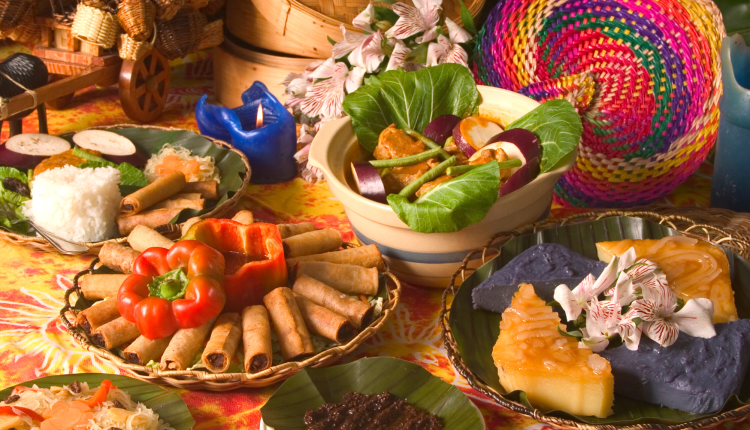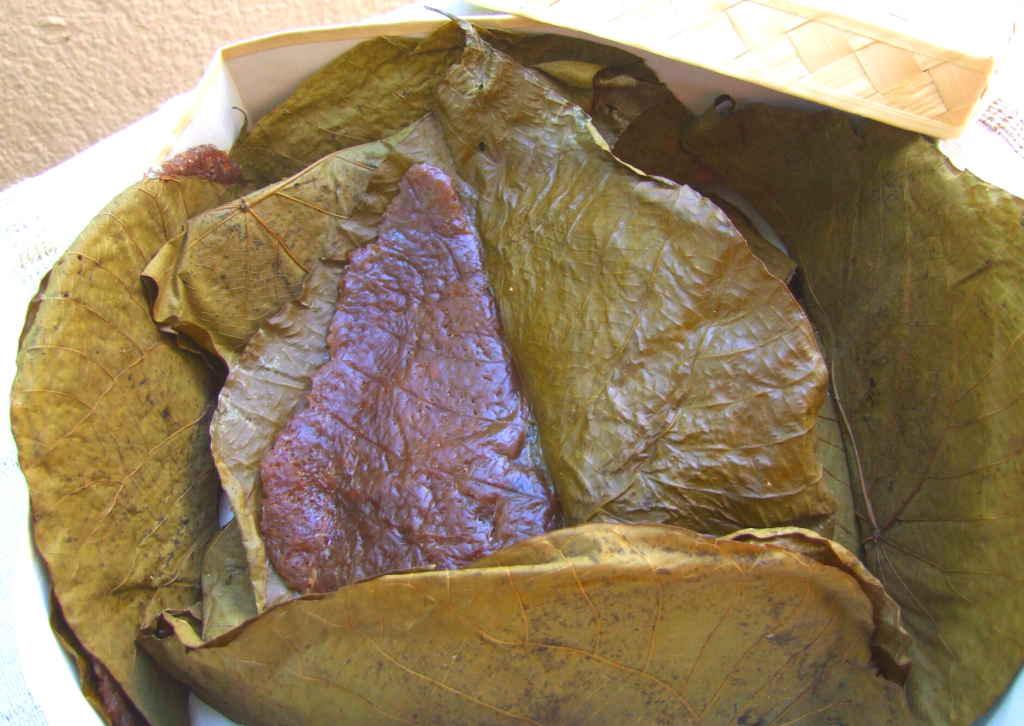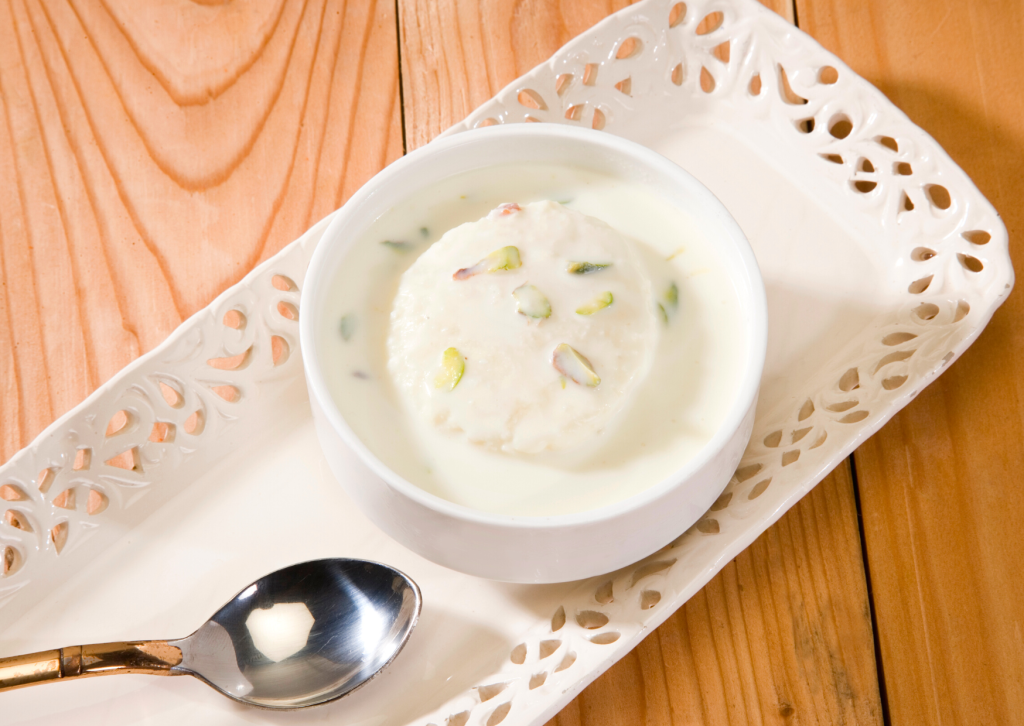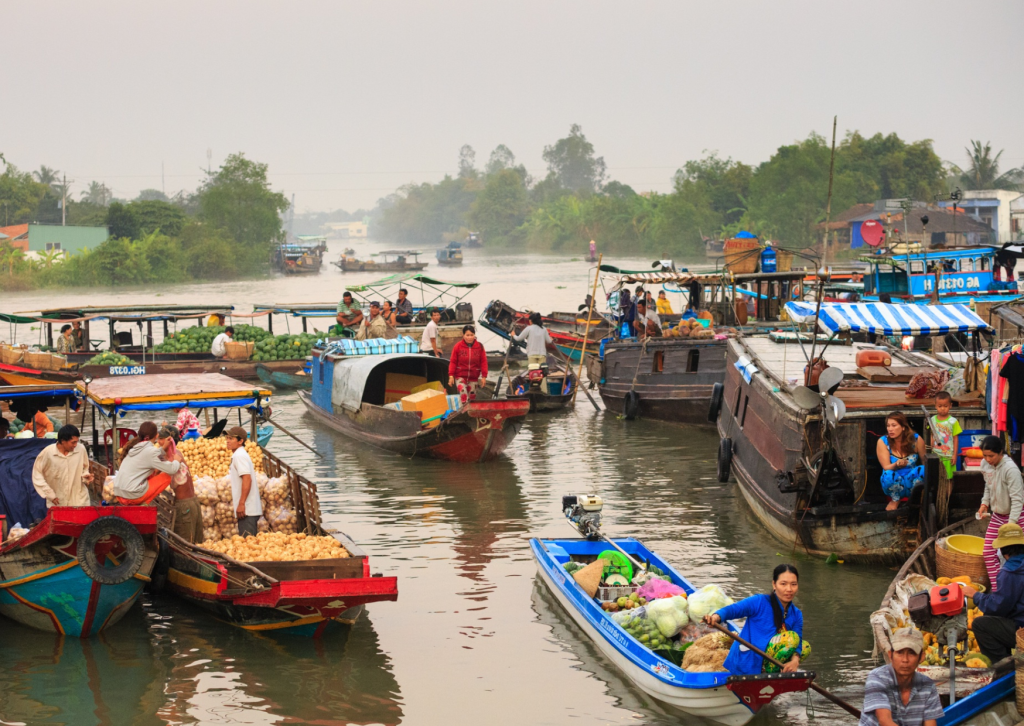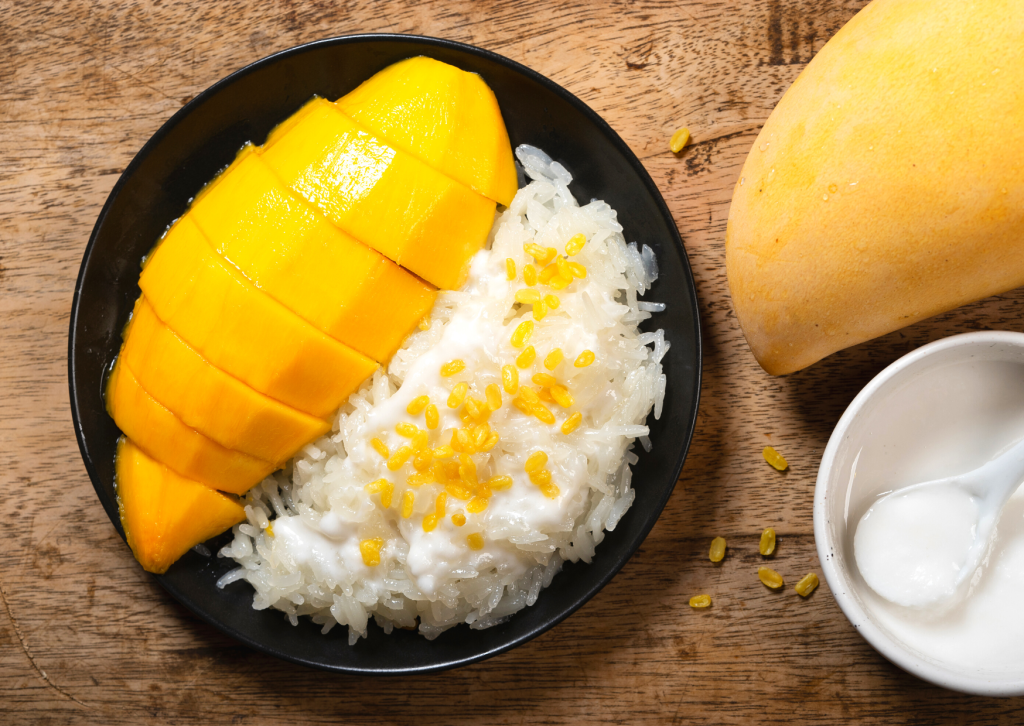Delicious Asian Desserts that will get you Drooling!
Attention all travellers with a sweet tooth! Is dessert your favorite part of the meal? If you enjoy the third course more than any other or always have room after a full main course for a dessert, this article is for you. We are all accustomed to seeing plain and easy treats such as fortune cookies and puddings at Asian restaurants. Nevertheless, there’s a whole world of Asian desserts out there to explore. You have probably read about the best street food and the tastiest drinks in Asia, now your sweet tooth is crying out for a sugary treat to finish off the meal. And luckily, there are plenty of Asian desserts to satisfy your craving with every Asian cuisine having its own traditional desserts. Many Asian desserts are fruit based, while others are made with sugar and flour. Here are some fascinating desserts for you to try on your next trip to Asia.
Lakhamari
Nepal
Lakhamari, a traditional Newar sweet, is famous for its significance during marriage ceremonies. One of the most iconic shapes of lakhamari is a spiral of rings diminishing in size. This type of lakhamari is usually produced during festival seasons and used as offerings during pujas. Also, customarily during Newar wedding ceremonies, the groom will send wedding invitation with lakhamari to close relatives as a sign of goodwill.
Lakhamari are primarily made of flour, sugar, and butter. The batter is deep-fried and made into different shapes, each named differently. They can be crunchy or soft, with the older generation typically preferring the crunchier version while the younger generations adore the softer versions.
Although it comes in different shapes and sizes, all lakhamari taste the same and they are one of the most popular sweets, of the many available, in Kathmandu.
Halapa
Sri Lanka
If you’re Sri Lankan this treat needs no introduction. Halapa are a traditional Sri Lankan sweet treat. They are prepared from a combination of kurakkan flour, rice flour, treacle, cardamom, and grated coconut. Often enjoyed as a snack with a cup of tea or taken as a treat to keep your energy levels up, no one can really say no to this traditional treat in Sri Lanka!
The ingredients are mixed together until they develop a doughy consistency. The mixture is then flattened on kanda leaves, which are folded and steamed until the dough firms up. Before serving, the leaves just need to be unwrapped and the delicious halapa can be eaten. It is recommended to serve this traditional dessert with a fresh brewed cup of Ceylon tea.
Mooncake
China
Traditionally eaten during the Mid-Autumn Festival in China, the festival is about lunar appreciation and moon watching, and mooncakes are regarded as the perfect complementary delicacy. The mooncake is adored across the country, not just for its taste but also because of its important place within Chinese culture. There are numerous varieties of mooncakes consumed within China and outside of China in overseas Chinese communities. Mooncakes are usually round pastries with a thick filling of either lotus seed or red bean paste, or sometimes a mixture of fruits and nuts, and one of the most popular fillings contains yolks from salted duck eggs!
Rasmalai
India
If you’re not a big fan of saccharine sweet desserts, this could be your Indian dessert of choice. Rasmalai is a Classic Indian dessert consisting of juicy cheese discs served with thickened milk. The term Rasmalai consists of 2 words Ras and Malai. In Hindi Ras mean juice and Malai translates to cream, so it literally is something that’s juicy and creamy. A native dessert of West Bengal, Rasmalai consists of smooth and soft white paneer, called chenna, swimming in chilled thickened milk and it makes for the perfect dessert on very hot days. The dessert is also usually eaten in festive events like Holi and Dewali, and at weddings.
The chenna cheese doughs are cooked in boiling hot syrup to puff up and get a porous and spongy texture as a result. Full fat milk is put on to simmer until thick and then sweetened to make sweet thick milk. After that the milk is flavoured with cardamom and saffron. The last part is to assemble the dish by removing the chenna cheese from the syrup, and adding them into the thickened milk, and garnish with nuts.
Ché
Vietnam
Arguably one of the simplest and best Asian desserts out there, the Vietnamese Ché covers a whole range of sweet treats. Ché can be served as a sweet drink, or a pudding. For the most part based on coconut milk, but the similarities end there.
Colourful, sweet and refreshing, ché can be served either hot or cold. The variety of forms of ché are astounding, but they are all temptingly colourful. Typical ingredients of ché include colourful jelly, fruits such as durian, mango and lychee, beans and tapioca, but all bathed in fresh, sweet and aromatic coconut milk. Many Vietnamese will make ché at home, however you will see it sold across the country, typically in little plastic cups at grocery stores, the perfect pick-me-up on a hot day’s touring.
Halo-halo
Philippines
Halo-halo is a traditional Filipino shaved ice dessert that’s topped with a rainbow of delicious goodies. One of the best sweet Filipino snacks available, halo-halo is a hugely popular summer dessert. This colourful sweet treat is often said to have been inspired by the Japanese summer dessert Anmitsu – another type of shaved ice delight. The shaved ice is topped off with a mix of beans and fruit and varying mixes of condensed or evaporated milk. The beauty of halo-halo is how easy it is to assemble. Although ingredients change depending on where you buy the dessert, bananas, coconut and red mung beans are frequently used, then go crazy with the toppings, from kaong (sugar-palm fruit in syrup) to sweet chickpeas to ube (purple yam) ice cream. The result is an extravaganza of colour and tastes.
Pisang Goreng
Indonesia
Pisang Goreng is basically bananas coated with batter and deep-fried in hot oil. Deep-fried until golden brown, the batter turns crispy on the outside, while the banana is of course, sweet, tender, and creamy on the inside. This dessert is found all over Southeast Asia, but the Indonesian’s do it best!
It sounds so easy, because it is, and yet this humble pisang goreng is a masterpiece despite its simplicity. How else can you explain the need for at least one gorengan (deep-fried snacks, bananas are always the star) seller in every street corner across Indonesia that are always packed with a queue of hungry customers?
Mango Sticky Rice
Thailand
We can’t complete our Asian dessert list without mentioning this popular Thai dessert. This traditional Asian dessert originates from Thailand and is made from fresh mango, sticky-rice and coconut cream. It is a favourite of every visitor to Thailand who is lucky enough to taste it, partly because it is so cheap and secondly because it is so darn rich and satisfying!
In Thai it’s called Khao Neow Mamuang. Khao Neow means glutinous sticky rice, while Mamuang means mango in Thai. Found in upmarket restaurants and on street carts alike, just ask for ‘Khao Neow Ma Muang’ if you’re looking to try this dish. You can’t leave Thailand without enjoying a taste of this tropical rice pudding. Rice for dessert you ask, well yes, but unlike that served with your curries, this rice is a glutinous rice that turns sticky and slightly sweet after being coated in a warm coconut sauce. It is a great dessert to make ahead of time as it’s good cold, room temperature, or warm, served with some extra coconut cream on the top to make it even better. And don’t forget to top it off with some crispy yellow mung beans.
Asia is a foodie heaven. Plan your next holiday in Asia discovering the sights, sounds, AND flavours
of this incredible continent – but maybe leave the gym bag at home!

